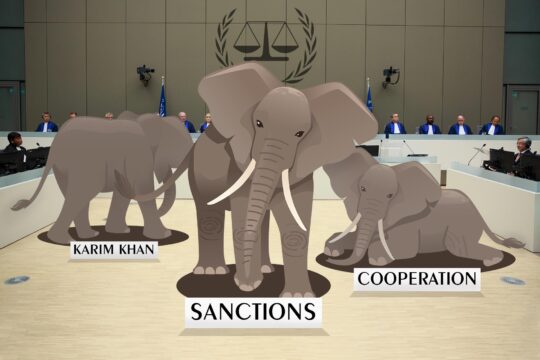After 25 years at the helm, Chad's veteran ruler Idriss Deby aims to win a fifth term in the oil-rich country which has become a key regional ally of the West in the fight against jihadists.
The north-central African nation is divided along ethnic lines and faces mounting social and political tensions.
- Oil riches and grinding poverty -
Chad was considered poor until relatively recently when it started producing oil, first discovered in the 1970s. Oil now accounts for 60 percent of export earnings.
In 2003, oil exports to an Atlantic terminal began through a pipeline built across Cameroon.
It also has uranium and gold reserves.
But Chad ranks fourth from last in the UN Human Development Index, and more than one baby in 10 dies before the age of five, according to World Bank estimates.
Chad has skeletal infrastructure and the capital N'Djamena is mostly a dusty city with just a handful of high-rise buildings.
- Key military power -
Chad has long had close relations with former colonial ruler France and Deby has consolidated ties with the West by touting a common war against terrorists.
France keeps troops in Chad and in 2014 announced a multinational force based in N'Djamena to combat Islamists in the Sahel. The United States also views Chad as a critical player in efforts to fight jihadists in the region.
Deby took the lead in 2012 on the creation of a five-country military force to battle Nigeria's Boko Haram jihadist group.
Chad sent troops into northern Nigeria and is allied with forces from Cameroon, Benin and Niger as well as Nigeria. Boko Haram now appears to have been damaged but not routed.
- Violent history -
Since independence in 1960, Chad has seen a succession of coups and rebellions and was wracked by civil war for three decades as well as facing several Libyan invasions.
Deby took power in 1990 after ousting Hissene Habre, whom he had served as army chief.
Habre, dubbed "Africa's Pinochet", is now on trial on charges of crimes against humanity and war crimes. More than 40,000 people are thought to have been killed during his rule.
Chad has scores of ethnic groups speaking more than 100 languages or dialects and some of its conflicts are blamed on divisions between Muslims, who make up 53 percent of the population, and Christians and animists.
In 2010, Deby went to Khartoum to seal lasting peace with Sudan, although previous pacts were frequently breached.
- Contrasting terrain -
The largest of Africa's 16 landlocked countries, Chad stretches from a largely inhospitable mountainous desert north flanking Libya to fertile lowlands in the south.
It is three times bigger than California at almost 1.3 million square kilometres (496,000 square miles). Most of the 13 million population lives in the south. About four in five Chadians work on the land, mostly subsistence farmers or cotton producers.
Chad is rich in wildlife, boasting elephants, warthogs, hippopotamuses, antelopes and giraffes, and predators like leopards and cheetahs. It is home to more than 500 bird species.
Zakouma National Park is one of the last bastions of wildlife in central Africa despite the slaughter of at least 100 elephants by poachers in 2006.
- Bringing Chad to the world -
Chadian director Mahamat Saleh Haroun has brought his country to the world with award-winning films such as "Un Homme Qui Crie" ("A Screaming Man") about a selfish father who sends his son to war at tragic cost which won the Jury Prize at Cannes in 2010.
Most of his films are set in Chad with bold themes including the dangerous world of petrol smuggling.
"Because I really love this country, I really love its people... the people I tell stories about seem to be real," said France-based Haroun.


